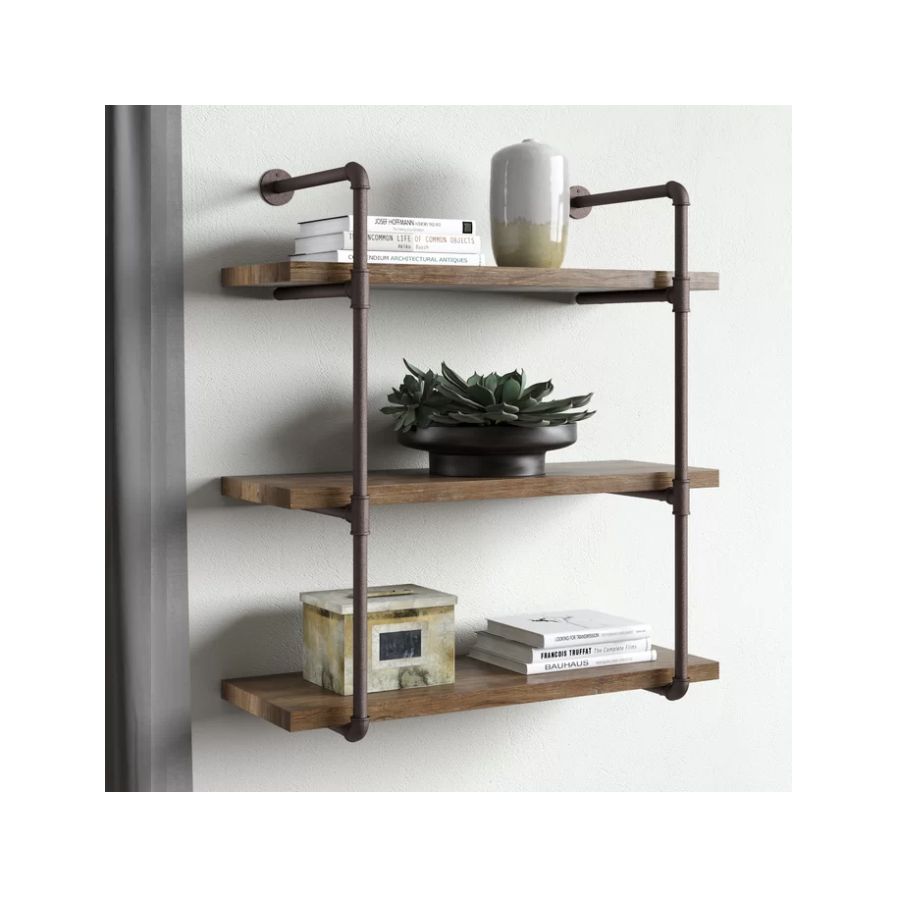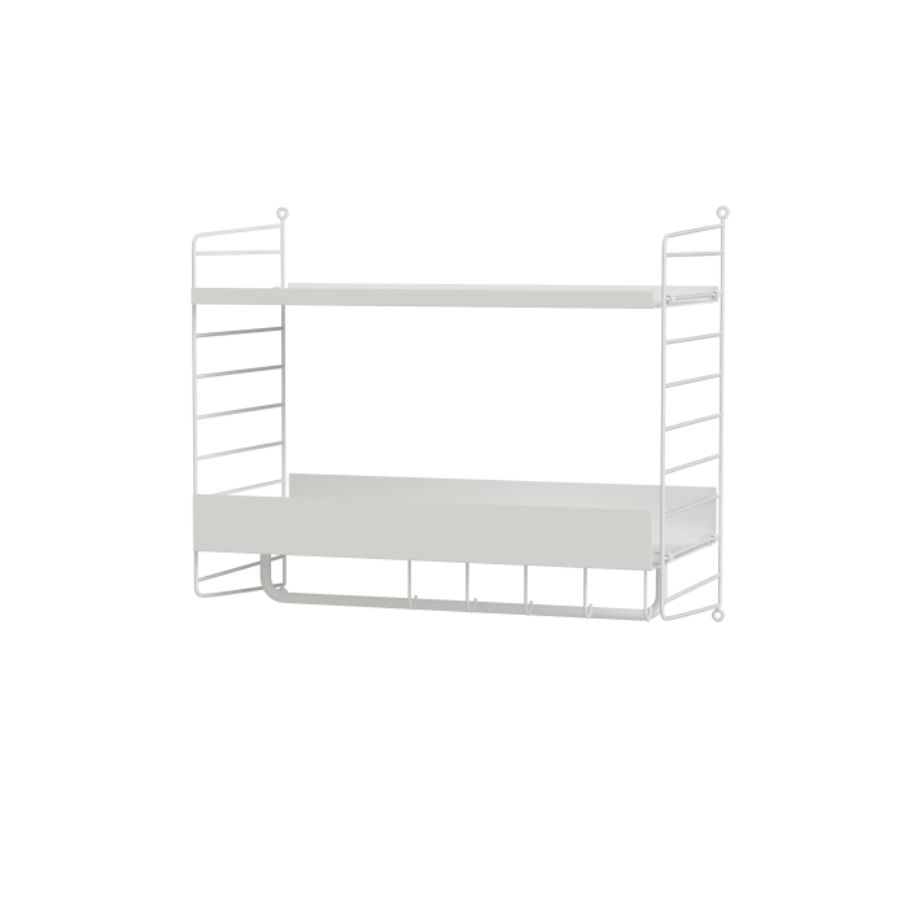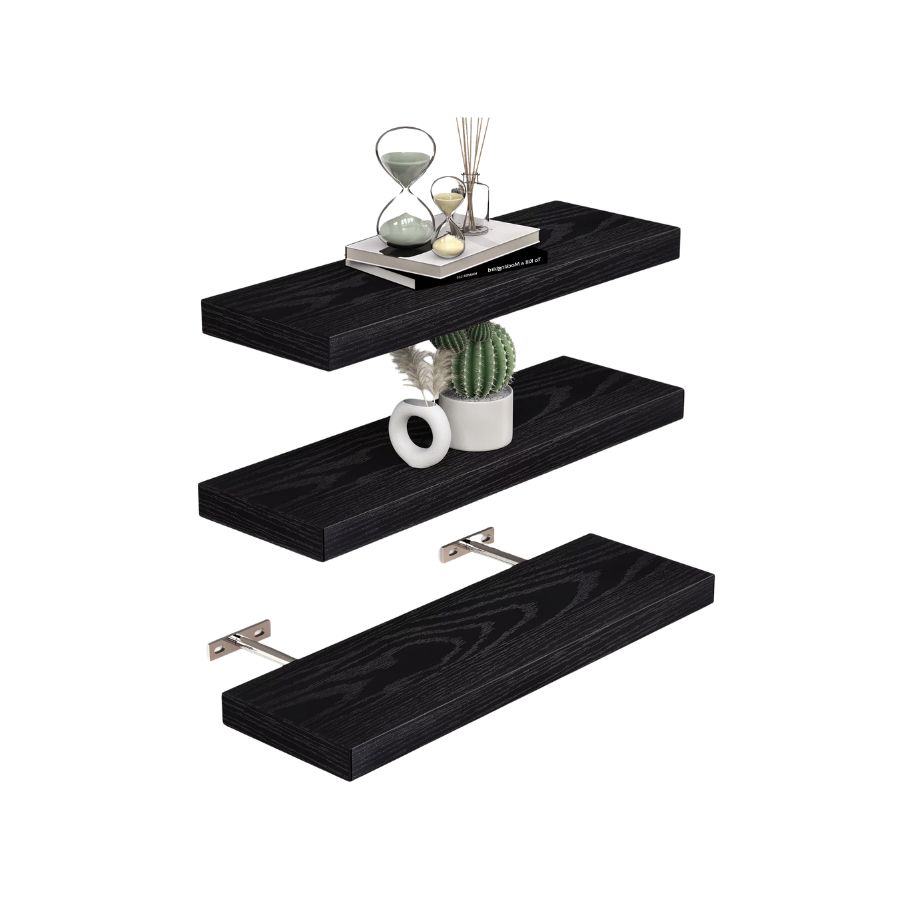Are Floating Shelves Still In Style? Here’s What Designers Say, and What They're Doing Instead
Floating shelves have been around for a while, but are they still trendy? Designers give us their verdict, and some other options worth considering

An all-time favorite solution to fill up empty wall space in a practical and aesthetically pleasing way, floating shelves have now reached a crossroad. The ease of installation and possibilities of various display options has made them a go-to for DIY-ers everywhere, and there won’t be many homes where you won’t see at least one floating shelf, somewhere.
But for those design forward thinkers out there the appeal is starting to wear off. Surely there must be more creative ways to rethink wall storage that goes beyond the go-to floating shelves. If not completely outdated, they’re just maybe a little bit overdone. I asked interior designers if floating shelves are still in style and also some suggestions for alternative shelving ideas that could work instead.
Are floating shelves still in style?

When it comes to floating shelves, the reality is they’re just an easy, accessible solution. They look good when made from a quality, solid looking material, and even better when styled mindfully with beautiful objects. But some designers think that by stretching our imagination a little bit further, we can do better.
‘I do think floating shelves have been overdone,’ interior designer Ami McKay tells me, but adds that they can still look good if done really well. ‘Unless they are done spectacularly… An extra-long floating shelf is dramatic and that can look good,’ she says. The point here is to avoid feeble-looking materials and opt for a considerable length. ‘Floating shelves have become ubiquitous,’ interior designer Erin Myers tells me. ‘They can still have a place, but it should always stem from a function standpoint - i.e. in a laundry room to keep the detergent and stain removers handy - rather than as a design statement,’ she adds.
While the designers agree that there is still a place for floating shelves, here are their go-to alternatives for a more forward-thinking, modern home look.
What alternatives are there?
1. Modern modular shelves
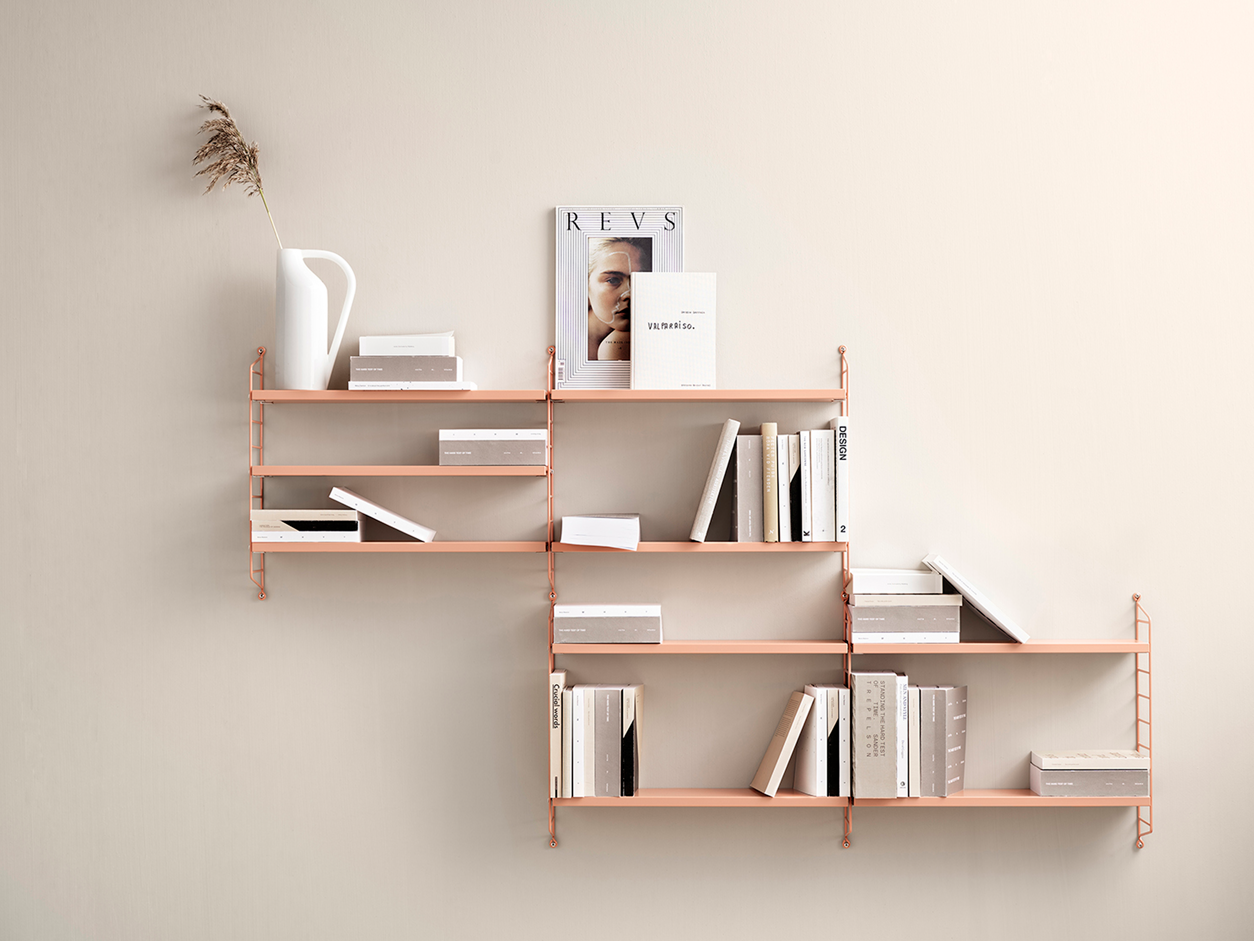
Modular shelving is very now and allows the possibility to be creative. Best suited for modern interiors with a minimalist approach, they can make a design statement to the trained eye of the interior aficionado, and they’re super practical too. Modular shelving is having a real moment with an appetite to use it for statement accent walls. ‘At the moment, we are noticing a trend for large scale statement feature walls,’ says String Furniture’s expert Bo Hellberg.
‘The beauty of the modernistic modular shelving design lies in its flexibility and simplicity. With an infinite range of combinations available, in timeless materials like walnut, ash and oak, modular shelves open a whole range of possibilities for a design scheme so you can make as big a statement as you would like and even create a work of art out of your shelves,’ he adds.
The Livingetc newsletters are your inside source for what’s shaping interiors now - and what’s next. Discover trend forecasts, smart style ideas, and curated shopping inspiration that brings design to life. Subscribe today and stay ahead of the curve.
2. Timeless open shelves
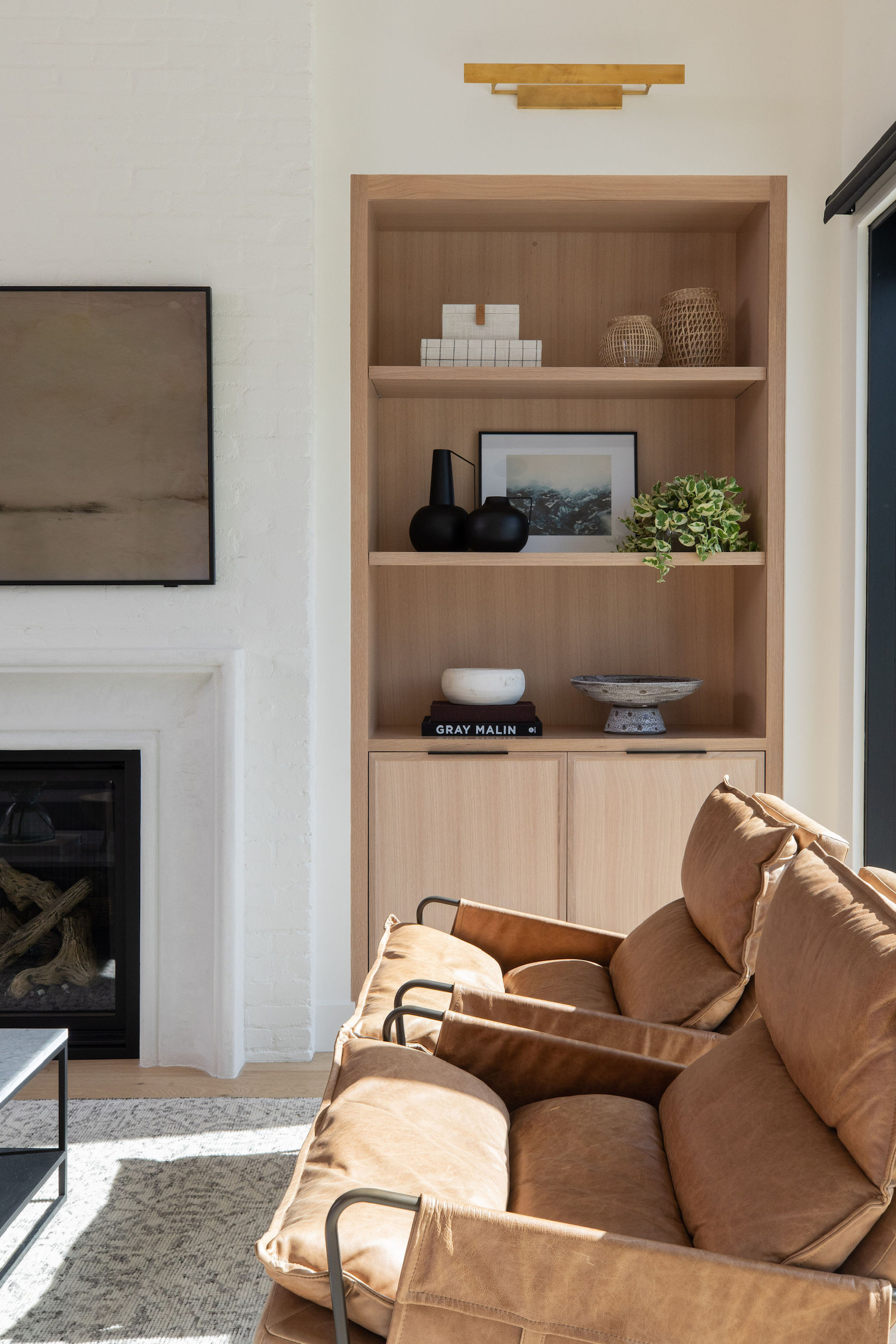
A timeless, and more solid alternative to floating shelves, open shelves are less suited for DIY, but will last longer, and look more expensive. ‘Floating shelves are usually unstable and cannot hold much, plus they are usually out of scale, so I much prefer to use open shelving, which is different because these shelves are attached to the wall or the millwork,’ says Ami. You will need to put a bit more thought into the design of open shelves, and incorporate them in the build of your millwork, but the effort will prove worthy.
‘Open shelving is very useful, and they can also function as a design feature, very simply as a place to display personal and meaningful items. A curated and styled shelf can highlight your favorite collectables, books, plants, but don’t forget to keep it simple and play with your items to find balance and form,’ adds the designer.
3. Edgy hardware look

Floating shelves are synonymous with a more minimalist interior design aesthetic, where all the nuts and bolts are hidden from sight. But designers tell me that visible hardware is becoming more and more popular.
‘Floating shelves throughout the years have been very popular because of their ability to have a clean shelf and hide all the hardware holding them up, showcasing a very modern, clean look. However, more recently we have noticed our clients getting more and more interested in incorporating the hardware and brackets that hold up the shelf into their design too,’ interior designer Nicole Levin tells me. ‘Making the metal hardware the star of the design and not just a support system, makes for a very elegant shelving solution that is customizable to any style of home,’ she adds.
Erin shares her love for French bistro style shelving, where metal bars affix to the ceiling with glass shelves for storage. ‘It's elegant and functional,’ she says. ‘These are great alternatives in a kitchen or bar area,’ the designer adds, while Ami says that floating shelves can be made to look more unique ‘for example if they include a rod in brass or iron attached to the ceiling or have wood corbels’.
Whatever your style inclination, be that modern, more timeless or on the edgy side, designers show us there are ways to elevate the basic floating shelves to an aesthetic that is more aligned with current interior trends.
Raluca formerly worked at Livingetc.com and is now a contributor with a passion for all things interior and living beautifully. Coming from a background writing and styling shoots for fashion magazines such as Marie Claire Raluca’s love for design started at a very young age when her family’s favourite weekend activity was moving the furniture around the house ‘for fun’. Always happiest in creative environments in her spare time she loves designing mindful spaces and doing colour consultations. She finds the best inspiration in art, nature, and the way we live, and thinks that a home should serve our mental and emotional wellbeing as well as our lifestyle.
